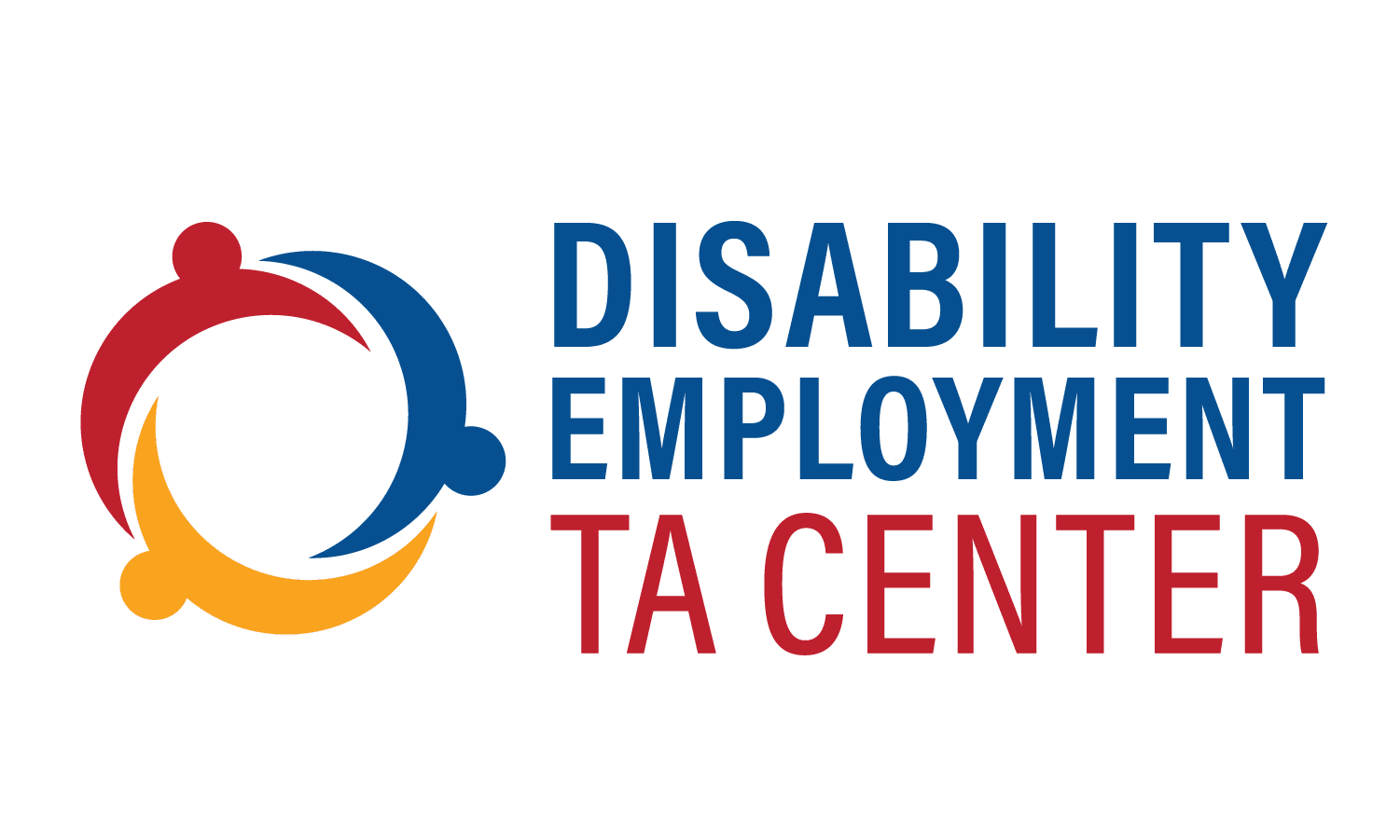The spirit of the ADA and the Assistive Technology Act is equity, fair and impartial access for people with disabilities. Since its implementation in 1990, we have made sure and steady gains. Yet, after more than a decade since smart screen tablets hit the market, people with disabilities represent the group with the least amount of access across all other categories of people by race, gender, income, etc.
Several system barriers are clear:
- cost, resistance to purchasing through typical AT funding sources, concern that tablets are used primarily for entertainment,
- support staff, already overwhelmed in their job, often see technology as an extra task,
- implementation planning, structures to integrate devices into the service system exist in very few agencies across the country. Without goals, training, and evaluation related to smart screen devices as accommodation, the choice of use is not given to customers, but left to service providers.
In projects across the US, it is clear that when these issues are addressed, we see immediate, positive, and often profound impact in community, home and work settings.
Smart screen phones and tablets have radically changed accommodation. As a tool of the masses, these devices allow for very strong and affective incidental learning. Immersed in a life where pads & tablets are modeled everywhere, lessons, fixes, cool new apps and demonstration of its use to navigate the world abound.
With one smart device, a person can access literally millions of apps for a plethora of uses; expressive and receptive communication, focus, self-care, health, organization, travel, access, safety, networking, production, reporting, education, participation, independent living, entertainment and self-advocacy, to name a few. These tools increase choices at home, access in the community and success in employment.
If you haven’t yet joined the revolution, here are some tools and strategies that focus on fun and motivating ways to learn:
- Tell Stories!
Support people to capture and share a quick clip or picture to share to build capacity for relationships and natural supports.
- Make silly films!
This teaches choice, sequencing, focus, self-determination.
Resources here: https://www.ableopps.com/free-materials
- Visual walk through of setting up an iPad
- 5 lessons for making a silly film on an iPad, walks you thru editing features.
- Cook! Learn a task!
Use apps like Work Autonomy to capture steps in film/photo/voice/text, then reference the sequence captured to gain skill independently. Start with smoothies, fixing the sink…whatever motivates the user.
Resources here: https://www.ableopps.com/work-autonomy
- Self-Advocacy Film and Video Resumes!
Employers note video resumes allow them to see a potential employee instead of potential barriers.
Resources here: https://www.ableopps.com/video-resumes
Finally:
- Watch film of people using technology as accommodation:
- https://www.ableopps.com
- Then open Innovative Accommodations tab > PW Protected Page
- Enter this PW: PowerOfTech2021
- Find internal champions.
- Include devices in system structures: evaluate during intake, train as part of orientation, include goals in annual plans and evaluations, measure skill and growth, include outcome targets in key performance indicators and strategic plans.
- And most importantly, train people with disabilities as evaluators and trainers. Lived experience brings necessary insight for the journey ahead.

